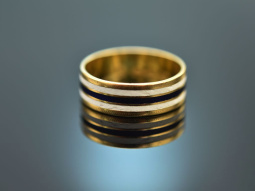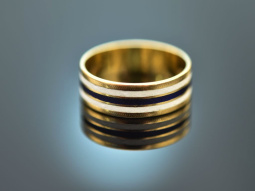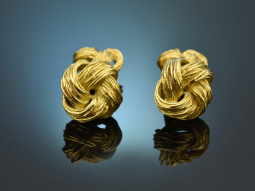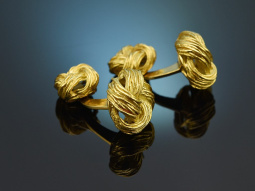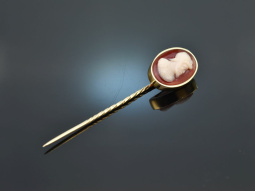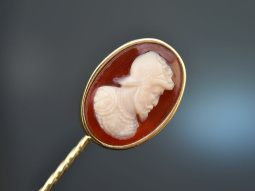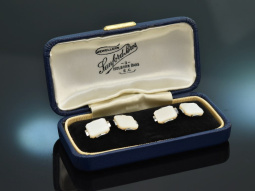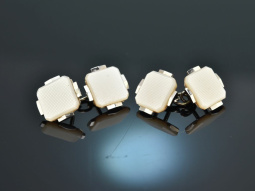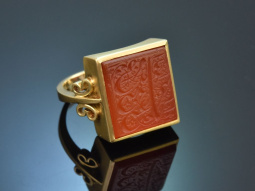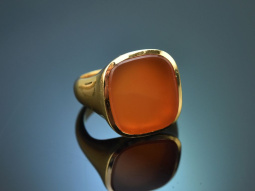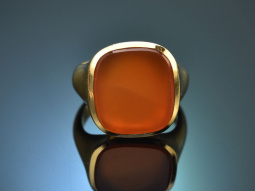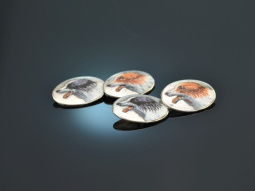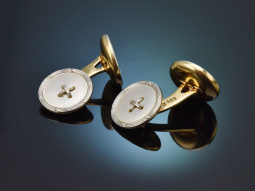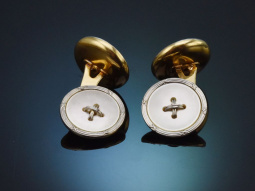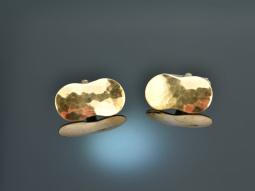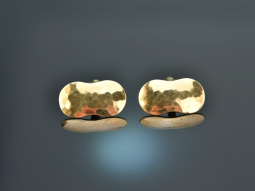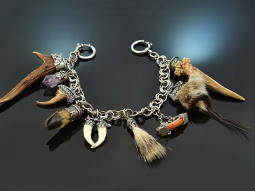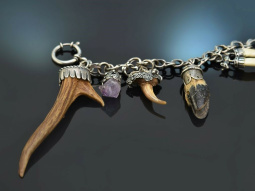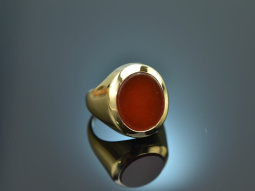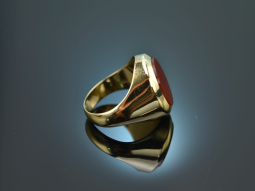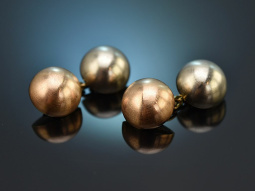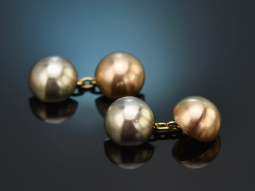Men's Jewellery
In contrast to the variety of decorative jewellery objects for women, jewellery for men today exists in a significantly reduced form. However, a look at contemporary portraits of baroque princes and their jewellery collections proves that this should not lead to the misconception that jewellery has always only been a matter for the female sex. Find out more »
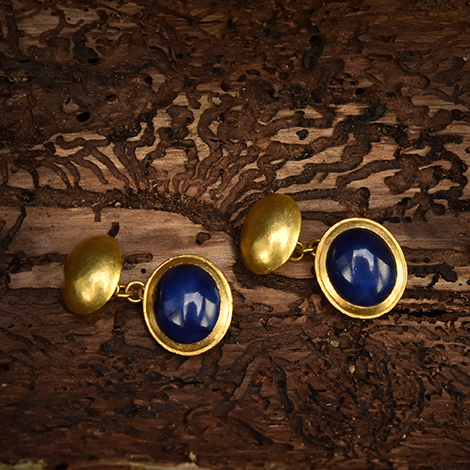
Men's jewellery in the Baroque period
In fact, the upper echelons of the aristocracy presented themselves exceptionally adorned and decorated with various precious stone accessories, consisting of jewelled coat buttons, knee, shoe and hat buckles and other precious adornments.
19th century: Ornaments for men made of gold, platinum, mother-of-pearl and enamel
We encounter these sets in a simpler version in the Art Déco, for example, as elegant and stylish dress sets for men to wear with a dinner jacket or tailcoat. They usually consist of shirt buttons, waistcoat buttons and cufflinks and are made of gold or platinum, often with mother-of-pearl inlays or enamel.
Dress jewellery as the predominant form of jewellery
One thing becomes clear in the history of men's jewellery: apart from the wedding ring or signet ring, it has long been largely dress jewellery that is worn by the general population. Of course, there are wonderful finger rings for men, as well as bracelets and watches. However, it is usually the jewellery pieces that are worn directly on or attached to clothing that are reserved for men. Cufflinks, tie and lapel pins, as we also present them in our range, fall into this category.
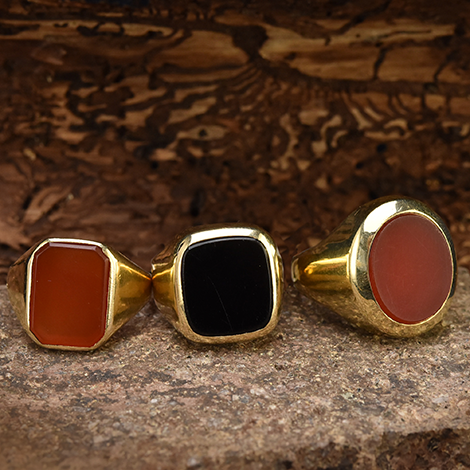
Men's jewellery in the 20th century
During the course of the 20th century, jewellery for men went through different phases, which - influenced by the tastes of the time - were sometimes more opulent, sometimes more minimalist. The classic gentleman of the 50s appeared quite minimalist and limited himself to discreet jewellery such as a bracelet or pocket watch, cufflinks and ring.
In the following decades, both men's and women's fashion changed drastically and men also found access to eye-catching jewellery, which was worn not only as a means to an end, but also as an expression of their own personality. In the wake of the hippie movement, men now also adorned themselves with long necklaces or large silver rings studded with precious stones.
The last decades of the 20th century were characterised by individual personality development, which led to rigid norms and role models, as they were at the beginning of the century, being gradually thrown overboard. Today, you can wear whatever you like!
